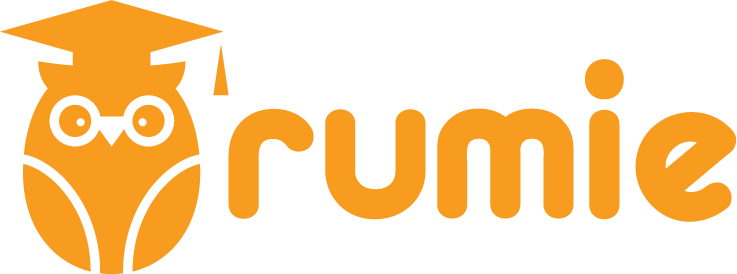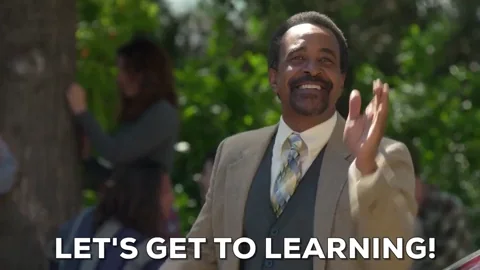
You're walking the halls of a high school. You open the door to your classroom and before you know it, you've got to teach a bunch of high schoolers about political rule and government.
Relax — this isn't a nightmare — but maybe you're wondering how you could teach that high school class to facilitate learning better.
At its core, facilitation simply means "to make something possible". In a classroom context, this means making learning possible. Using the right facilitation techniques will help ensure that your students are learning effectively.
Create Conditions to Learn Well

When you begin your facilitation journey, it is important to begin by remembering that good facilitators have the goal of getting their learners thinking.
This is the goal of any learning experience. When you start thinking about your learning experience, it is helpful to put yourself in your audience's shoes. Knowing what they're feeling and what you want them to feel can be a great first step in this process.
My favorite teacher in my own teacher training program once said: "Teach the students, not the plan." What does that mean? Let's explore!
Create the Right Environment: The Classroom
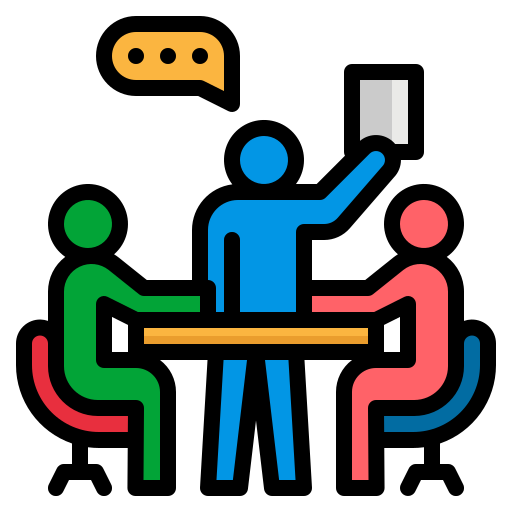
As any good teacher or facilitator knows, the classroom environment is key to learning. It's important to have a physical space that welcomes and encourages learning. All of us learn better when we're comfortable.
The right environment has the following elements:
Decor: Using decorations and soft lighting can go a long way in helping create a warm environment (check out more on this from Edutopia)
Student work: Displaying what your students are working on helps personalize your space.
Visual aids: Put up posters, charts, graphs, etc. Personalize these visual aids according to what you're teaching, where possible.
Natural light: We all thrive when we're able to be in natural light. Open up those blinds when you can!
Flexible seating options: If you have students who need more movement in a day, check out 10 benefits of a flexible seating classroom.
Creating the Right Environment: The Teacher
You as the teacher set the tone for your classes. If there's one thing that high schoolers need, it's authenticity. My personal favorite thing about high schoolers is their authenticity: they tell it as it is.
Use this to your advantage by facilitating conversations about topics they care about and feel personally connected to. There are a few things to keep in mind here:
Great facilitation starts with your mindset: "Be the guide, not the hero". The goal of good facilitation is to talk less.
Encourage student participation. Make an effort to learn your students' preferences and work with these where possible.
Allow students to share anonymously by using technological platforms or physical resources like sheets of paper with no names.
Positively reinforce contributions. Emphasize the value of students' contributions by writing responses on the board, and making connections between students' comments or observations.
Ensure your discussions are effective by asking questions, using polls, and adding tech. Check out this resource for facilitating effective discussions.

Quiz
Carlos is a new high school teacher who is nervous about facilitating his first discussion with his students. What are some tips you can give him?
Increase Student Talking Time
A good facilitator understands that, ideally, the less you talk, the better. The goal of proper facilitation is to create the conditions needed for conversation to spark without your intervention.
Balancing teacher talking time (TTT) vs. student talking time (STT) is vital. When I was a new ELL teacher, I struggled with not droning on and on and letting my students do much of the talking themselves. I came from a background of teaching students on academic probation — who NEVER talked — and this was HARD to adjust to! Letting your students talk can be hard, but it MATTERS.
Providing students with opportunities to talk and discuss with one another is an integral part of the learning process. In language classrooms, we call this "student talk time." In regular classrooms, you can refer to this as "think-pair-share".
Whichever model you follow, you can use a few facilitation techniques to increase student-to-student interaction:
Ask students to re-tell what they learned during the lesson. Describing what they learned during the lesson in pairs or small groups helps students use different skills than simply listening.
Use role-play or dialogue. Asking students to use specific dialogue and role-plays, like debates or particular scenarios, gets students talking with one another and helps guide their discussions.
Use open-ended questions. These questions can't be answered using "yes" or "no" and typically require students to think through their responses and provide personalized answers. Check out this article from Cornell University on asking good open-ended questions in the classroom.
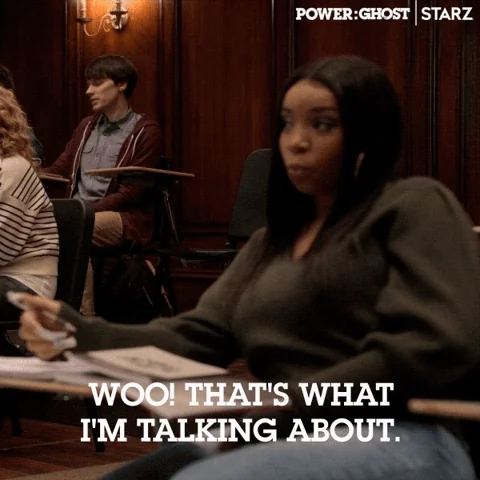
BAM! Add Your Flavour

Adding personal touches is key to establishing routine and rapport with students.
Attention grabbers: These can look like using chimes or bells, or simply counting. Check out this TikTok on how to use attention grabbers with high schoolers effectively. (Hint: The most important part is being clear with your expectations.)
Check-in questions: Check-in questions help you gauge how your students are doing with any number of things. Looking for something new? Check out 101 Inclusive Get to Know You Questions.
Take Action
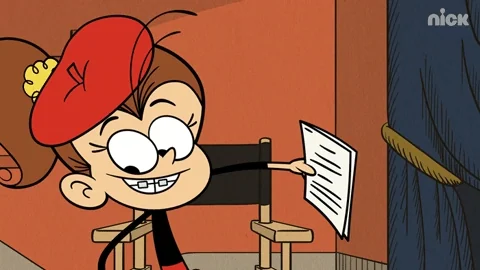
Congratulations on taking a step toward being a better facilitator! For more support on steps forward using facilitation techniques in your classroom, check out the resources below:
Your feedback matters to us.
This Byte helped me better understand the topic.
